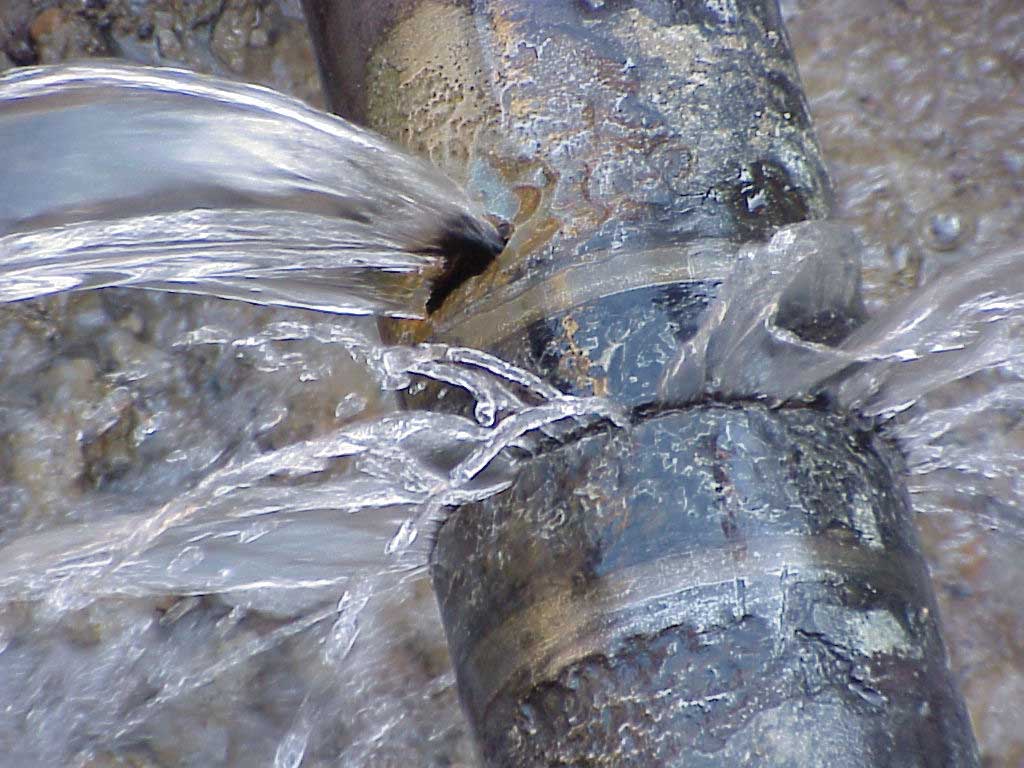Water main breaks are a significant issue for many municipalities, leading to water loss, infrastructure damage, and costly repairs.
Did you know? Circumferential cracks are among the most common types of failures in water mains, as highlighted by the study where 48% of respondents identified this failure mode as predominant in their water systems.
Circumferential cracks are cracks that form around the circumference of the pipe and are indicative of longitudinal movement in the pipe, loss of bedding support, or increased vertical load on the pipe. These cracks can occur in both cast iron and asbestos cement pipes and are a clear sign of underlying issues that need to be addressed.
Understanding the factors that cause circumferential cracks and employing advanced predictive technologies to prioritize assessments of your riskiest mains can help manage the maintenance of water distribution systems more effectively. Read on to explore the latest findings from the Water Main Break Rates in the USA and Canada: A Comprehensive Study.
Factors contributing to circumferential cracks
Circumferential cracks can result from several factors, including:
1. Longitudinal Movement: Shifting or settling of the pipe over time.
2. Longitudinal Bending Stresses: Erosion or movement of the soil bed supporting the pipe. These stresses arise from various factors, including:
- Pipe material and geometry: Different materials and shapes respond differently to stress.
- Trench geometry: The shape and size of the trench housing the pipe.
- Soil and backfill properties: The characteristics of the soil and materials used to refill the trench.
- Traffic loads: The weight of vehicles passing above the pipe.
- Thermal properties: Temperature variations affecting both the pipe and the soil.
3. Increased Vertical Load: Additional weight or pressure on the pipe, often due to frost load.
4. Frost Load: This occurs when the water table is high, and a thermal gradient exists between the pipe and the soil. The temperature difference causes the moisture in the soil to freeze and expand, placing additional stress on the pipe and potentially leading to cracks. Soils such as silt and clay silt are particularly susceptible to frost heave, worsening the effects of frost load.
5. Corrosive soils: Corrosive soils, particularly those with high salinity, acidity, or moisture content, can accelerate the deterioration of water mains. These soils interact chemically with pipe materials, leading to corrosion that weakens the pipes and makes them more susceptible to breaks.
Given these complex factors, municipalities must invest in ways to proactively manage and assess these kinds of risks associated with corrosive soils, weather, and other environmental factors. Predictive modeling and AI-driven solutions are one way utilities can modernize their water distribution systems and mitigate these risks.
BlueConduit: A solution for managing water main breaks
Environmental factors from parcel data to weather to soil type are a significant factor in water main breaks, leading to circumferential cracks and other types of pipe failures. Understanding the role of complex environmental factors and employing advanced predictive technologies like BlueConduit’s Water Main Predictions can help municipalities manage their water infrastructure more effectively.
Our technology analyzes various factors, including soil conditions, pipe materials, environmental influences, and parcel data. We provide municipalities with actionable insights to prioritize condition assessments, maintenance, and replacement efforts. By identifying and addressing at-risk water mains before they fail, municipalities can save costs, reduce water loss, and ensure a more reliable water supply for their communities.
Contact BlueConduit today to learn how our Water Main Predictions can help safeguard your water infrastructure and ensure a reliable water supply for your community.





